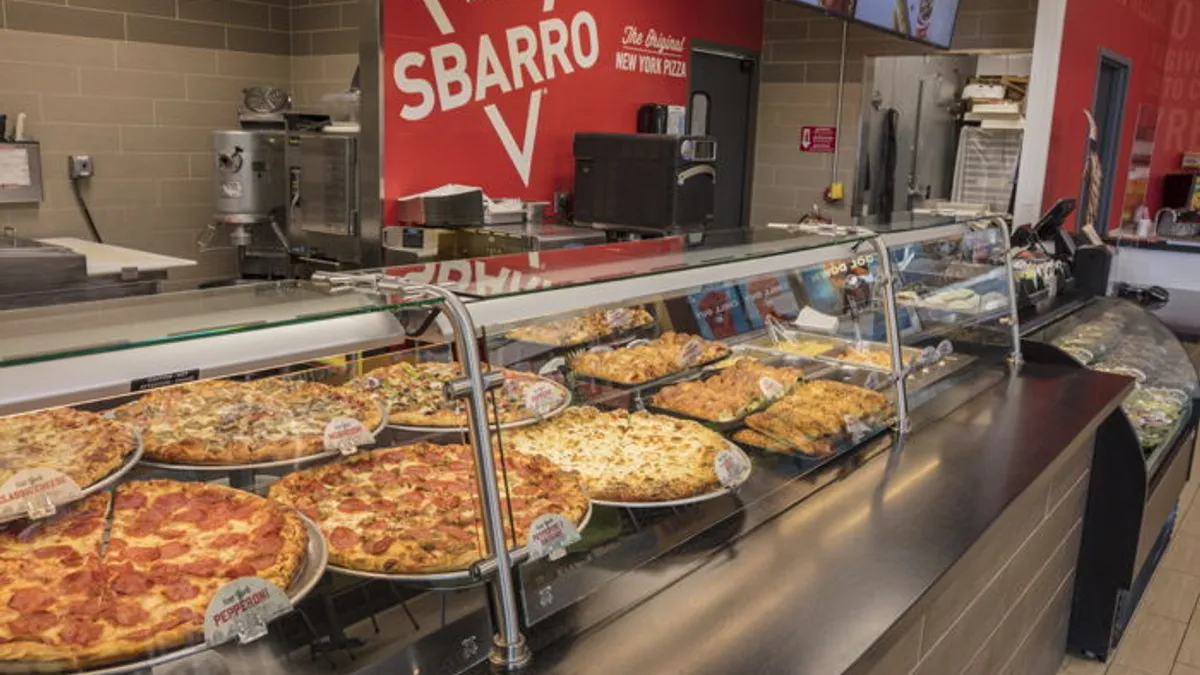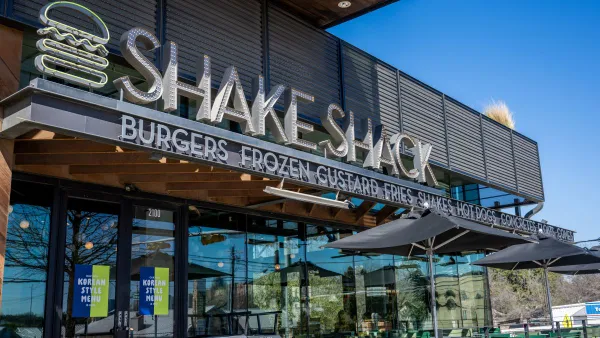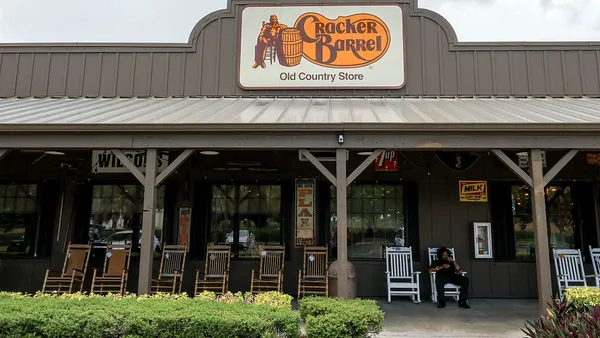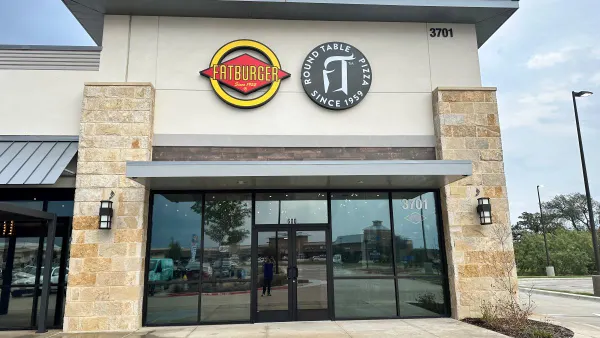Dive Brief:
- Sbarro plans to open more than 100 new restaurants, both company-owned and franchised, this year, the pizza chain announced Thursday. This expansion strategy includes franchise partnerships with ARKO Corp's GPM Investments, EuroGarages, EG America and Travel Centers of America.
- These partnerships will allow Sbarro to extend its reach in the convenience store segment. GPM already offers Sbarro at three Village Pantry c-stores in Indiana. EuroGarages and EG America operate gas stations and c-store brands including Turkey Hill and KwikShop.
- Sbarro is primarily located in shopping malls, airports and travel plazas. All three venues were hit especially hard by the pandemic — worldwide air travel demand fell by over 65% in 2020, while retail vacancy rates at malls with securitized mortgages reached 13.7% in 2021.
Dive Insight:
Increasing its c-store presence may help Sbarro recover from an 18% sales drop in 2020, and will broaden the brand's footprint, making it easier to expand in the future. EG America has more than 1,600 locations, for instance, while Travel Centers of America has 276 locations and plans to expand.The c-store and travel center model also fits well into Sbarro's larger nontraditional store network.
"Sbarro is not new to convenience," Sbarro CEO David Karam said in a press release. "Our experience, economical business model, and position as the global QSR leader in the impulse pizza category, make convenience stores and travel centers natural fits for us."
Sbarro started regaining some momentum after its second bankruptcy filing in 2014 and after the closure of over 170 stores. But the chain's heavy debt load and mall presence hindered chances at a full comeback to its heyday in the early '00s, when it reported over 760 locations and $465 million in systemwide sales. Now those sales are about $182 million with about 300 U.S. units, according to Technomic data.
Travel centers may prove beneficial if travelers hit the road despite high fuel costs. New research from American Express finds that about 86% of consumers plan to spend as much on travel this year as they did pre-pandemic.
Meanwhile, the convenience store market in the U.S. has grown by more than 3% per year since 2017, according to IBIS world, and now makes up more than 34% of all retail outlets in the U.S. Perhaps because of the ubiquity of c-stores, in-store traffic is also increasing at these businesses.
But the chain is still focused on mall food court development as part of its overall footprint. Foot traffic at some shopping malls is exceeding pre-pandemic levels, and some restaurant chains have generated strong sales in those venues. Auntie Anne's mall locations experienced double-digit comp growth over last year in its mall locations, for example. Focus Brands CEO Jim Holthouser told Forbes the success at these locations may be due to the supply chain shortages that impacted online inventories at retailers, drawing more customers back into malls.
Still, Auntie Anne's is diversifying its portfolio beyond malls, as is Charleys Philly Steaks and Red Robin. Since the start of the pandemic, it's been ley for restaurants to meet consumers where they are — whether at home, a shopping mall, a convenience store or elsewhere — and Sbarro’s development plan reflects this need.











